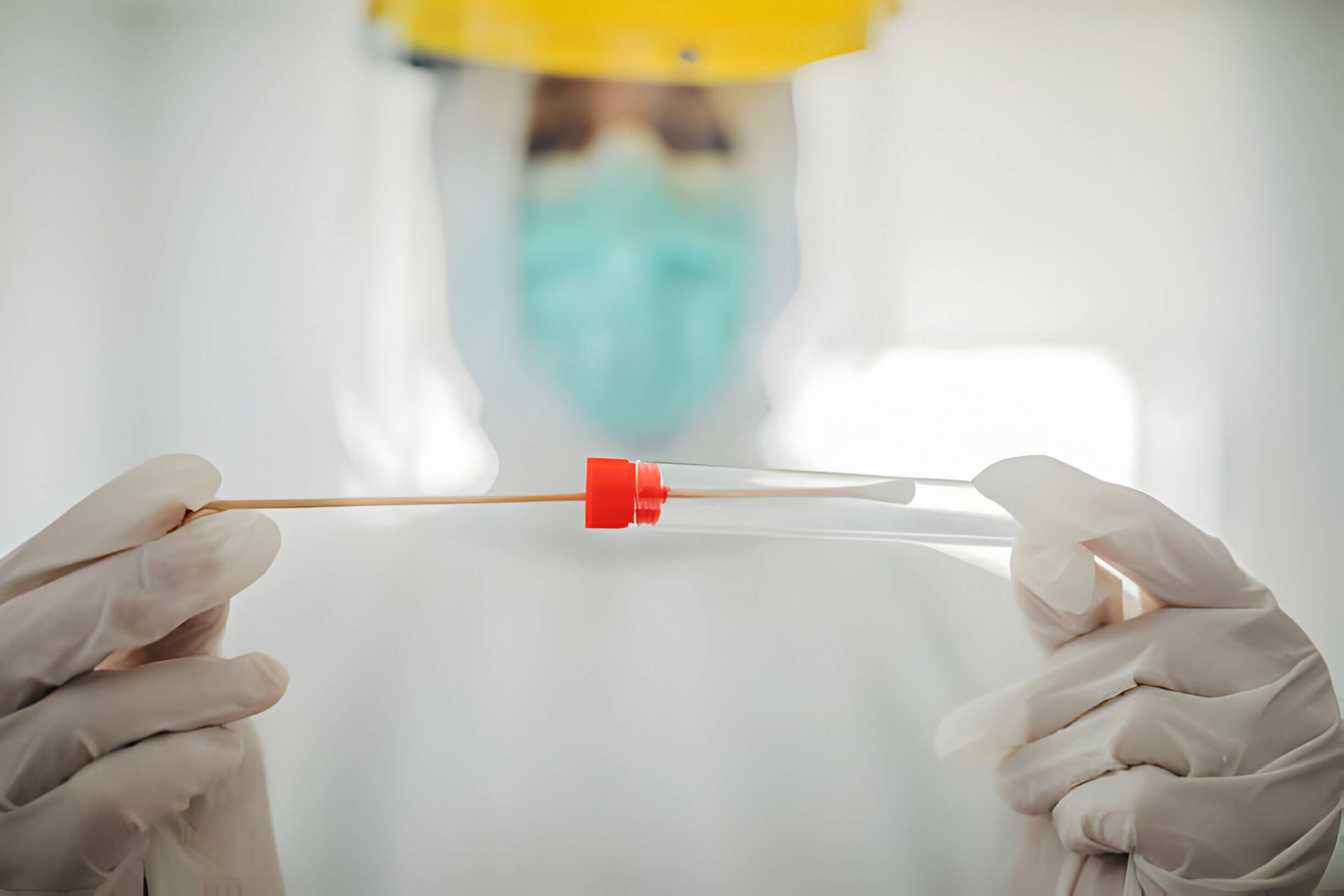Transport Medium: Does It Really Matter for Sample Transport?

Transport media have long been used to preserve sample integrity during storage and shipment of clinical specimens to laboratories. But could dry transport be an alternative for some sample types? A recent study found self-collected vaginal swabs could be accurately tested after dry shipment, challenging traditional views on appropriate transport conditions. This raises the question - when is transport medium necessary for reliable diagnostics, and could expanded use of dry transport improve access to testing?
Can we send samples without transport medium?
Traditionally, clinical samples like swabs need to be placed in a transport medium during delivery to the lab. The medium helps maintain sample integrity and viability for accurate testing. However, a study evaluating dry and wet vaginal swabs for STD testing found that PCR accuracy was similar between dry swabs and those in standard liquid transport medium. This suggests dry transport may be possible in certain situations.
What was tested with dry and wet swabs?
The study evaluated self-collected vaginal swabs from 793 women for Chlamydia trachomatis and Neisseria gonorrhoeae detection using PCR. One swab from each woman was placed in specimen transport medium (wet) while another was sent dry. PCR of both swab types was similarly accurate for detecting infections compared to traditional clinical methods like culture and EIA. The sensitivity and specificity ranged from 88.9-96.3% for dry swabs and 91.3-99.3% for wet swabs.
Can we expand dry transport to other samples?
While the findings are promising, further research is needed before applying dry transport universally. Factors like temperature stability and transport time need investigation across sample types. Self-collected vaginal swabs may be resilient to dryness, but other samples like blood or sputum may fare worse. Though for remote areas lacking transport infrastructure, the possibility of mailing dry specimens could facilitate access to testing.
Does transport medium have any advantages still?
Transport media offer benefits like sustaining viability, preventing overgrowth of competing microbes, and stabilizing some labile biomarkers. They optimize cell recovery from specimens. While diagnosis from dry swabs appears feasible, using media may provide more flexibility in future testing as new biomarkers emerge. However, lack of cold chain transport could inhibit access in remote regions.
Should all labs switch to dry transport?
For now, more extensive validation is required before wholesale changes to sample handling procedures. Individual labs need to evaluate dry transport with their specific assays, sample types, and transport conditions to determine feasibility. Where transport infrastructure is lacking and sample access is constrained, alternatives like dry mail-in methods could help expand testing access. But transport media still facilitate ideal sample preservation when available.
Therefore…
While dry transport shows early promise in some applications like self-collected swabs, traditional media likely still benefit certain samples. More research can clarify where dry protocols could supplement existing methods to improve access and diagnostics. But transport media remain an important tool for optimal sample integrity.
Click to View → Mantacc Transport Mediums
References
Evaluation of Dry and Wet Transported Intravaginal Swabs in Detection of Chlamydia trachomatis and Neisseria gonorrhoeae Infections in Female Soldiers by PCR









